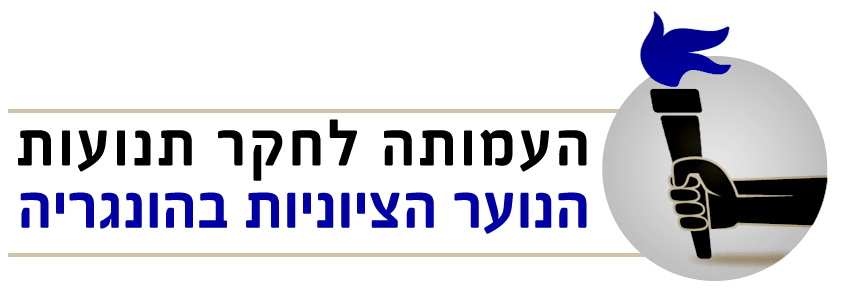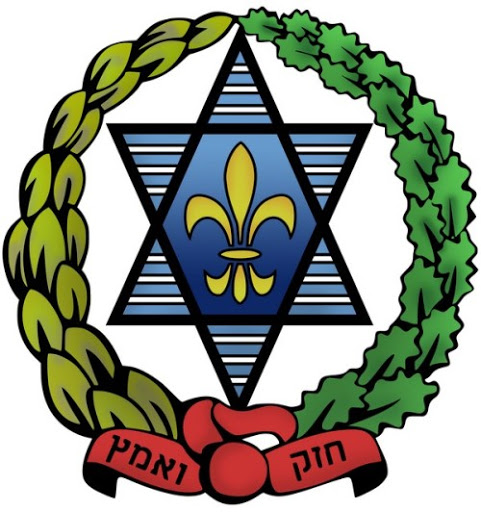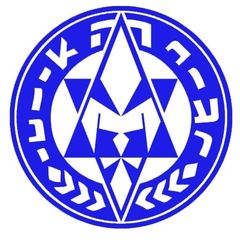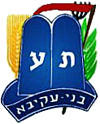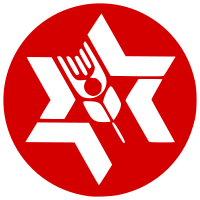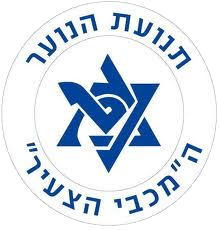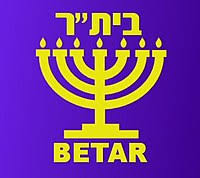At the end of 1943, there was an unexpected lifting of the ban on the activities of the Zionist youth movements in Hungary. The kenim (groups) and clubs of the youth movements: Hashomer Hatzair, Dror Habonim, Maccabi Hatzair, Hanoar Hatzioni and Bnei Akiva came back to life.
Members of the youth movements – from Poland and Slovakia – who had found refuge in Hungary, sounded the alarm in every possible forum, regarding the fate of the Jews of Eastern Europe, and warned that this bitter fate would not pass over Hungarian Jewry.
The youth movement leadership asked what plans they could prepare. Without forests or mountains, the tactics of the partisans in Poland would not be useful. The solution would be rescue activities to save Jews, rather than “showy” acts of revenge against the Nazis.
Immediately following the German invasion of Hungary, on 19 March, 1944, the Zionist Halutz movement leadership ordered all the adults (aged 17 and over) to go underground and outfit themselves with false identities.
The Zionist youth movements worked in full harmony in Hungary, under a joint leadership, with a single goal: to save as many Jews as possible. In the winter of 1944, toward the end of the war, they established children’s houses and provided food to the ghettos, children’s houses and anyone in need. They also distributed tens of thousands of forged Shutzpasses. In daring escapades, they rescued incarcerated members from Gestapo prisons.
In the internal Jewish rhetoric on the types rescue measures being implemented, the activities of the youth movements were called “the small way,” while “the big way” referred to the official distribution of the immigration certificates and the Relief and Rescue Committee’s negotiations. Today history reveals that the “small way” was actually the greatest rescue operation of Jews by Jews during the Holocaust.
